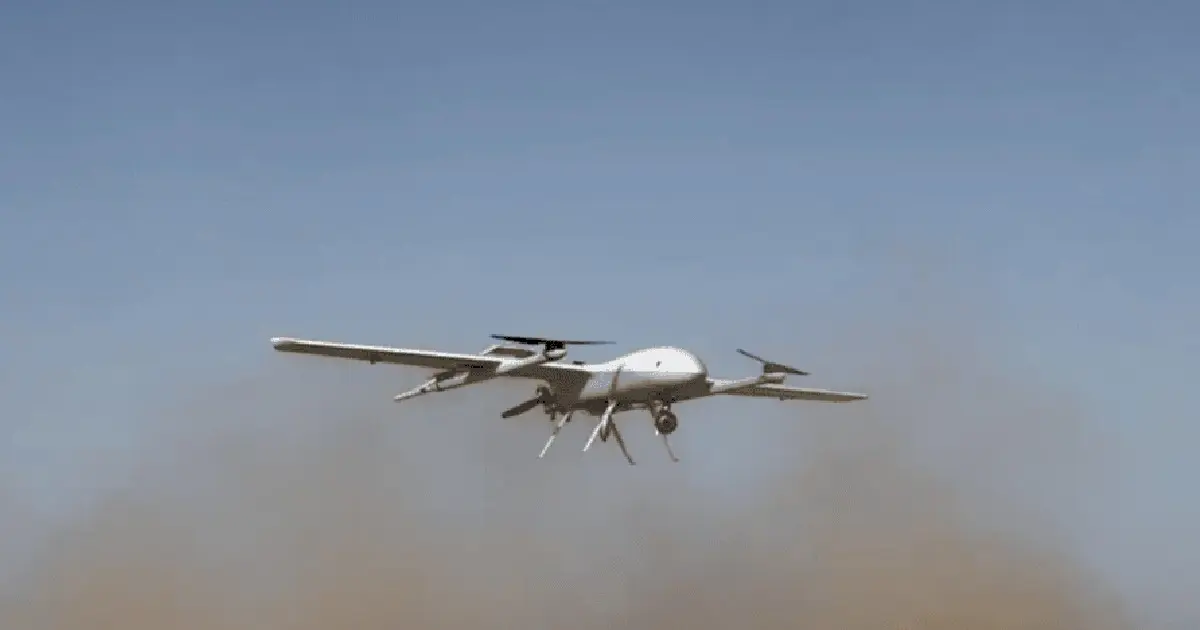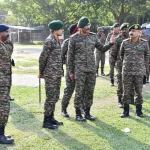In a breakthrough for India’s indigenous drone warfare capabilities, Gurugram-based defence tech firm DroneVerse has successfully conducted high-altitude flight trials of its Rudra-7 First-Person View (FPV) combat drone at Parma near Leh, situated at an altitude of 21,000 feet above sea level.
The successful trials mark a major milestone in UAV performance under extreme Himalayan conditions, validating the system’s stability, endurance, and targeting accuracy in rarefied air and sub-zero temperatures.
Proving High-Altitude Combat Readiness
The Rudra-7 demonstrated exceptional flight control stability, target-lock precision, and real-time video transmission, despite facing turbulent winds and low air density typical of the high-altitude region. The drone’s adaptive flight algorithms and propulsion tuning were fine-tuned to operate efficiently under reduced atmospheric pressure.
During the test missions, Rudra-7 executed high-speed vertical climbs, precision strike simulations, and live target engagements with consistent control latency and high-definition visual output, showcasing its potential for real-world tactical applications.
Army Commendation for Innovation
Recognising this technological achievement, the Indian Army awarded DroneVerse an Army Commendation for Innovation and Technical Excellence, acknowledging the Rudra-7’s promise in transforming UAV-based assault and reconnaissance operations in mountainous and high-altitude terrains — environments where traditional systems often struggle.
Designed for Frontline Combat and Swarm Warfare
The Rudra-7 FPV drone has been engineered for frontline assault missions, with swarm-compatibility features that allow coordinated multi-drone operations. Its lightweight carbon-composite airframe ensures agility and durability, while modular payload slots enable configuration for explosive warheads, surveillance pods, or electronic warfare payloads as per mission needs.
Paving the Way for Army Integration
Following the successful trials, DroneVerse engineers confirmed that the Leh tests will serve as the foundation for extended endurance upgrades, autonomous navigation improvements, and eventual mass production under the ‘Make in India’ initiative.
The Indian Army’s evaluation team has reportedly included the Rudra-7 in its integration roadmap for new-generation FPV attack drones, paving the way for broader operational deployment in high-altitude and contested environments.
The success of Rudra-7 at 21,000 feet underscores India’s growing technological self-reliance in next-generation aerial warfare and demonstrates the capability of domestic innovators to design systems suited to the most demanding combat conditions on Earth.













